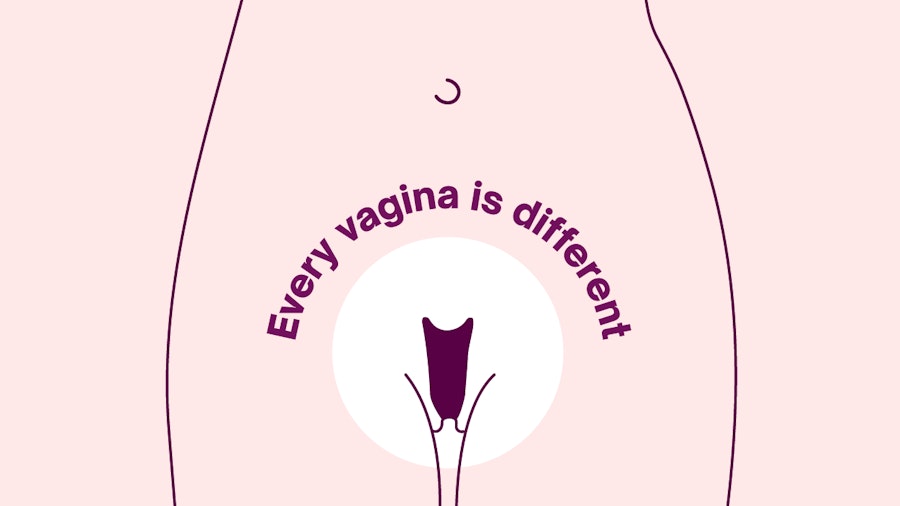5 Vagina Facts Everyone Should Know
1. The vagina is not the vulva
There are lots of myths and misconceptions surrounding women’s health. When it comes to the vagina, it’s no exception. One of the most common mix-ups is referring to the area around the vagina as the vagina itself. In fact, this is called the vulva and includes the labia and clitoris, as well as the opening to the vagina. The vagina, on the other hand, is the name for the passage that leads from the vulva to the cervix. It’s located between the urethral opening and the anus.
While this difference between the vagina and the vulva might not seem so important on the surface, this misconception is representative of a lack of knowledge in women’s reproductive health in general. Having the right words to describe and communicate about our bodies gives us more control over our own reproductive health.
2. The vagina is self-cleaning
Contrary to what the beauty industry might want you to think, you don’t need to use any soaps or washes in your vagina. Why? Because the vagina is self-cleaning. The vagina produces its own discharge, naturally douching the vagina and keeping it free from harmful bacteria while retaining the good bacteria that prevent infections such as thrush.
While it’s a good idea to wash the area around the vaginal opening using a gentle, perfume-free soap as part of your daily washing routine, we recommend keeping soap out of the superbly self-sufficient vagina itself. Not only can this tip keep you clean and healthy, but it can save you time and money too!
3. Vaginas can change shape and size
As well as keeping itself clean, the vagina also adapts and changes size. It can widen and deepen during arousal. During childbirth, the vagina also stretches significantly, and amazingly, while some stretching may remain, this remarkable organ can pretty much return to its previous size after the birth. What’s more, is that a scientific study looking into the quality of sex after vaginal birth found that pleasure wasn’t affected by changes to the vagina from giving birth.
Pelvic floor exercises are a useful way to help the vagina reshape itself after childbirth, and they can also increase vaginal tightness. Of course, it can take time to see the results of training, but being kind to ourselves is important - the vagina just did an incredible thing after all!
4. Every vagina is different
While we’re on the subject of kindness… Let’s celebrate the difference between our bodies. No two vaginas are the same and there is no ‘normal-looking' vagina. In recent years there has been a demand for labiaplasty (surgery reducing the side of the labia in the area around the vagina). This alarming rise in demand is believed to be caused by how vulvas appear in porn.
If the porn industry shows only ‘neat-looking’ genitals it sets an expectation that this is a body norm, this, in turn, is unrealistic and harmful to our own body image. We want to point out that every vagina is different and that should be celebrated!
5. Vaginal orgasms are less common than you think….
Did you know that only around 18% of female orgasms are caused by vaginal penetration? This is because the clitoris is actually the main pleasure center in the female reproductive system! Our experiences of sexual pleasure varies from person to person, but a scientific study also showed that it’s likely that the vaginal orgasms that do happen are caused by the internal parts of the clitoris being stimulated through vaginal penetration.
There are many, many ways to explore sex and pleasure and we want to point out that sex does not just mean penetration. The female pleasure anatomy is wonderfully complex, and it can take time for you to work out what works for you.
Your body, your journey
Thanks for joining us for these five vagina facts! Here at Natural Cycles, we believe learning more about our bodies is a constant journey, and yet it's an experience that’s empowering for all of us. Natural Cycles is the first FDA cleared birth control app, it’s completely hormone-free and tailored to your unique menstrual cycle so you can prevent pregnancy while learning more about your body along the way. Are you ready to go hormone-free?
Did you enjoy reading this article?
